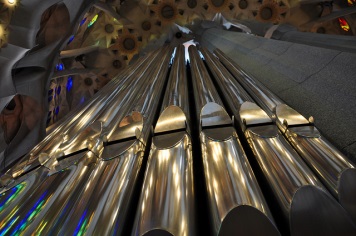The classical organ dates back some centuries, around the time of Ctesibius of Alexandria, and gaining a prominence in the rituals of the Catholic Church around the 8th century. Later it emerged as remained an invaluable instrument of secular and concerto works, and has remained so. Organ teachers have always been a central part of furthering the universal knowledge of and love for the organ.
Those with a passion for playing either classical or contemporary organ music, make excellent organ teachers. For the aspiring organist hoping to achieve expertise, having dedicated and skilled organ teachers makes all the difference in the world.
You can also learn through other means besides organ teachers, including visual and audio aids, demos, documentaries, magazines and books that are available for purchase in a bookstore, music store, online, or for use from your local library. All are rudimentary tools to substitute organ teachers initially, or to provide reinforcement. Depending on the spectrum of these products, they can range from familiarizing the student with the organ and its music, to a comprehensive beginner’s course. Still, for advancement the young organist will want to seek out experienced organ teachers to go further in their music.
The various types of organs are diverse. There is the famous pipe organ, with its huge stature and resounding notes. There are chamber organs — basically a miniature pipe organ, sometimes with only one pedal pipe. This instrument must be played in a small room so that the sound will carry. There are reed organs, which are much scarcer since the development of electronic organs. There are chord organs, left sided chord buttons resembling an accordion. Then there are electronic organs and digital organs, and within both of these exist varying types. They are most often utilized by organ teachers to teach both classical and contemporary organ music.
Photo Credit:Adam Wyles
Login to
Don't have an account?
Access Free
Access Free




